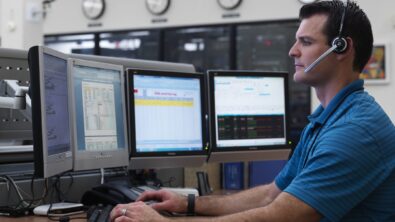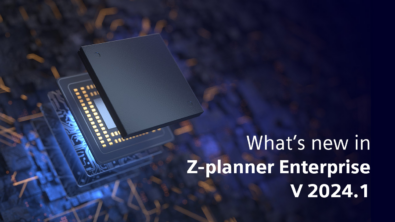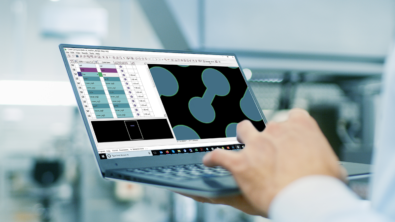Migrating from Gerber to ODB++ CAM Compare

In today’s fast-paced and constantly evolving electronics industry, manufacturers are looking for ways to streamline processes and reduce production costs without compromising quality. Design for manufacturing (DFM) is a key aspect of new product introduction (NPI) and can significantly impact the success of a project. One area where DFM can be optimized is in the migration from Gerber to ODB++ and the use of CAM compare.
Gerber files
Gerber files have long been the industry standard for PCB design and manufacturing data. However, with the increasing complexity of modern designs, Gerber files have become less effective in conveying all the necessary data required for manufacturing. ODB++ is a newer format that was developed specifically to address the shortcomings of Gerber files. ODB++ is a comprehensive format that includes all the necessary data for manufacturing, including component placement, drill files, and manufacturing details such as the thickness of the PCB and the type of solder mask just to mention a few.
Migrating from Gerber to ODB++ can have many benefits for manufacturers, including increased efficiency, reduced errors, faster time-to-market and reduced cost. By using ODB++ for PCB design and manufacturing, manufacturers can ensure that all the necessary information is available in a single file format, reducing the risk of errors and saving time during the manufacturing process.
In addition, ODB++ can provide considerably more comprehensive design data than Gerber files, allowing manufacturers to better optimize the manufacturing process. For example, ODB++ includes information about the thickness of the PCB, which can have a significant impact on the manufacturing process. By using this data, manufacturers can optimize the PCB stack-up design to reduce costs and improve the quality of the final product.
To further optimize the DFM process, manufacturers can use tools such as Valor NPI to support manufacturing-driven design. Valor NPI is a software solution that includes a range of tools and features that can be used to optimize the PCB design for manufacturing. For example, Valor NPI includes a PCB stack-up designer that can be used to optimize the PCB stack-up for manufacturability and cost-effectiveness.
CAM Compare and DFM

CAM compare is another tool that can be used to optimize the DFM process when migrating from Gerber to ODB++. CAM compare compares the ODB++ file to the CAM or Gerber files used in the manufacturing process, identifying any differences or discrepancies between the two files. This can help manufacturers identify potential issues early in the process, reducing the risk of errors and delays during manufacturing.
By using CAM compare, manufacturers can ensure that the ODB++ file accurately represents the design data and that the manufacturing process is optimized for the design. This can help to reduce the risk of errors and improve the quality of the final product, while also saving time and reducing costs.
CAM Compare was originally developed to help customers transition from the older non-intelligent format of Gerber to ODB++ by comparing the two outputs prior to Fabrication or Assembly to achieve that confidence that the ODB++ file meets and exceeds the use of the Gerber output process. Once a customer that wishes to move to a more robust format such as ODB++ they can with confidence after utilizing CAM compare until they are satisfied that indeed the ODB++ format is truly a better transfer method.
In conclusion, migrating from Gerber to ODB++ and using CAM compare can have significant benefits for manufacturers looking to optimize the DFM process. By using ODB++, manufacturers can ensure that all the necessary information is available in a single file format, reducing the risk of errors and saving time during the manufacturing process. Additionally, by using tools such as Valor NPI and CAM compare, manufacturers can further optimize the PCB design for manufacturability and quality, reducing the risk of errors and delays during manufacturing.
As the electronics industry continues to evolve, it is important for manufacturers to stay up-to-date with the latest tools and technologies for optimizing the DFM process. By leveraging these tools, manufacturers can reduce costs, improve the quality of the final product, and bring new products to market faster than ever before.


